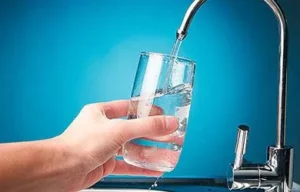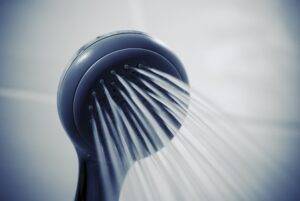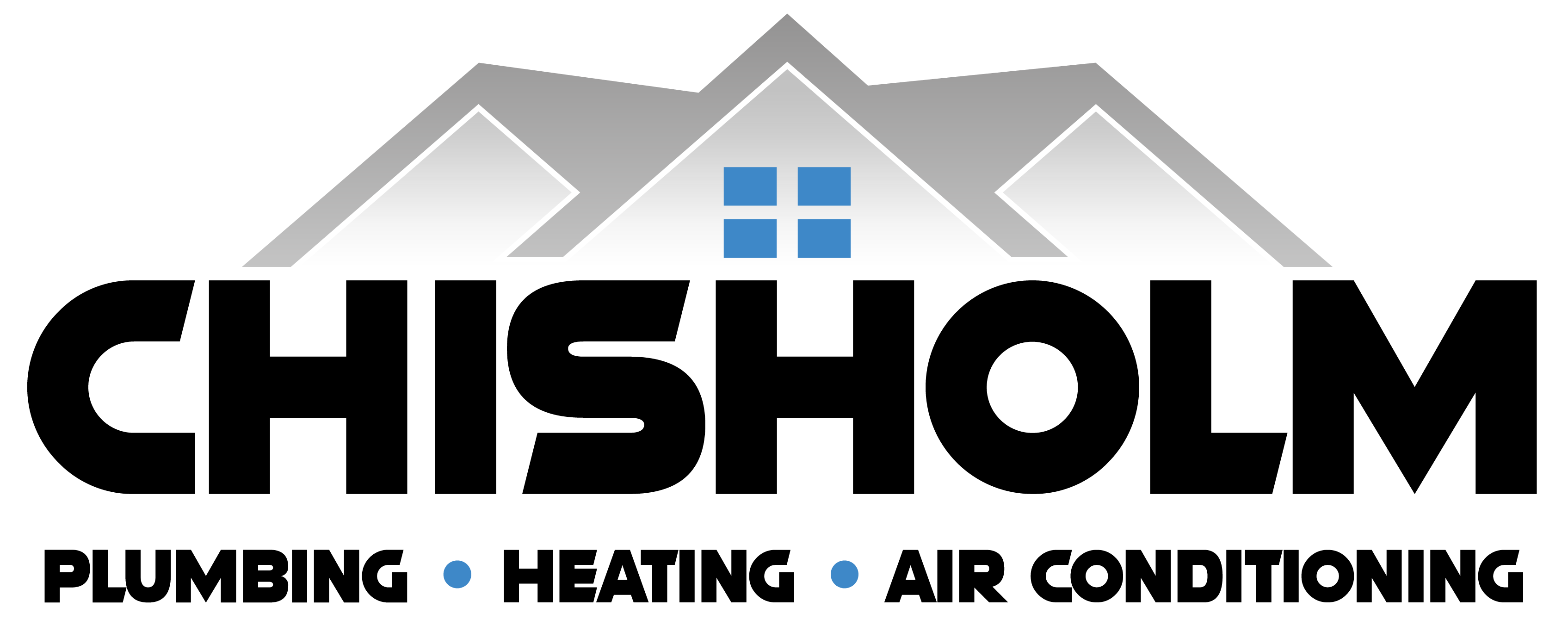
Water pressure plays a crucial role in our everyday lives, from taking a refreshing shower to washing dishes and clothes. When the water pressure is too low, these simple tasks can become frustrating and time-consuming. Whether you’re dealing with a trickle from your showerhead or a slow-filling washing machine, low water pressure is a common issue that affects many homes.
This blog will help you understand the typical causes of low water pressure and provide easy, effective solutions to resolve it. Whether you’re a DIY enthusiast or someone who prefers to call a professional, we’ve got you covered. By the end of this post, you’ll have a clear plan to restore strong water flow and get back to your daily routine without hassle.
If you’re experiencing persistent plumbing problems or need professional assistance, Chisholm Plumbing, Heating & Air Conditioning is here to help. We offer comprehensive plumbing services to ensure your system is running smoothly. Let’s dive in and explore the solutions!
Identify the Problem
Before you can fix low water pressure, it’s important to identify the root cause. This will help you choose the most effective solution and avoid unnecessary repairs.
Signs of Low Water Pressure
- Weak Shower Stream: If your shower isn’t providing a strong stream, you may be dealing with low water pressure.
- Slow Faucet Flow: Faucets that take longer to fill a pot or glass than usual can signal an issue.
- Inconsistent Pressure: If water pressure varies dramatically throughout your home, this may indicate an underlying problem.
- Appliance Performance: Appliances like washing machines and dishwashers might take longer to fill or operate less effectively.
Diagnosing the Issue
- Check Multiple Fixtures: Begin by checking the water pressure at different fixtures in your home. If only one fixture is affected, the problem may be isolated to that area.
- Evaluate Water Flow: Consider if the low water pressure is consistent throughout the day or only at certain times. If it changes, it might be due to peak usage hours in your neighborhood.
- Inspect for Obvious Issues: Look for visible leaks or signs of water damage around your home. Leaks can significantly reduce water pressure.
Identifying these issues can help you decide whether it’s a simple fix or time to call in professionals. If you need assistance diagnosing or fixing low water pressure, our expert team at Chisholm Plumbing, Heating & Air Conditioning is ready to help. Explore our full range of drain cleaning and sewer line services to ensure your system is working perfectly.

Common Causes of Low Water Pressure
Understanding the causes of low water pressure can help you determine the best course of action for fixing it. Here are some of the most common reasons why your water pressure might be low:
1. Mineral Buildup in Pipes
Over time, minerals from hard water can accumulate inside your pipes, reducing the available space for water to flow through. This can lead to a gradual decrease in water pressure throughout your home.
2. Leaks in the Plumbing System
Leaks can occur in any part of your plumbing system, from pipes to fixtures. Even a small leak can cause a significant drop in water pressure. Look for signs of water damage, damp spots, or unusually high water bills, which can all indicate a leak.
3. Problems with the Water Pressure Regulator
The water pressure regulator is a valve that ensures water pressure remains at a safe level. If it malfunctions, you might experience either low or excessively high water pressure. Adjusting or replacing the regulator can often resolve the issue.
4. Municipal Water Supply Issues
Sometimes, the problem lies outside your home. If your neighborhood is experiencing water supply issues, such as main breaks or maintenance work, it could affect the water pressure in your home. Contact your local water provider to inquire about any known issues.
By identifying the specific cause of low water pressure in your home, you can take the appropriate steps to address it. For more serious issues, or if you’re unsure of the cause, the professionals at Chisholm Plumbing, Heating & Air Conditioning are here to help with everything from sump pumps to water heaters.
DIY Solutions to Improve Water Pressure
If you’ve identified low water pressure in your home, there are several DIY solutions you can try to improve it. These methods are simple, cost-effective, and can often restore your water pressure without needing professional assistance.
1. Clean Aerators and Showerheads
Over time, mineral deposits and debris can clog aerators and showerheads, reducing water flow.
- How to Clean Aerators: Unscrew the aerator from the faucet, soak it in a solution of equal parts vinegar and water for about an hour, then scrub it with a toothbrush to remove buildup.
- How to Clean Showerheads: Remove the showerhead and soak it in vinegar overnight, or fill a plastic bag with vinegar and secure it around the showerhead with a rubber band, ensuring the nozzles are submerged.
2. Check for Visible Leaks
Leaks can cause a significant drop in water pressure. Inspect exposed pipes, faucets, and fixtures for any signs of leakage. If you find a leak, repair it promptly to restore water pressure.
- Temporary Fixes: Use plumbing tape or a pipe repair clamp for a temporary fix until professional repairs can be made.
3. Adjust the Pressure Regulator
If your home has a water pressure regulator, adjusting it can help restore proper pressure levels. Locate the regulator (usually near the main water shut-off valve) and use a wrench to adjust the screw on the top:
- Increase Pressure: Turn the screw clockwise.
- Decrease Pressure: Turn the screw counterclockwise.
Be cautious not to increase the pressure too much, as it can damage your plumbing system.
4. Ensure the Main Shut-off Valve is Fully Open
If the main shut-off valve isn’t fully open, it can restrict water flow throughout your home. Locate the valve, usually near where the water supply enters your home, and ensure it’s turned fully counterclockwise.
These DIY solutions can often resolve low water pressure issues quickly and easily. However, if these steps don’t solve the problem, or if you prefer professional assistance, contact Chisholm Plumbing, Heating & Air Conditioning for expert help. We offer a range of services, including water and gas line inspections, to ensure your plumbing system is functioning at its best.

When to Call a Professional
While many water pressure issues can be resolved with DIY methods, some situations require the expertise of a professional plumber. Knowing when to call a professional can save you time and prevent further damage to your plumbing system.
Signs You Need Professional Help
- Persistent Low Water Pressure
- If you’ve tried DIY solutions and your water pressure remains low, there might be a more complex issue at play. A professional can diagnose and address hidden problems, such as underground leaks or corroded pipes.
- Frequent Leaks
- Recurring leaks indicate a systemic problem that requires professional intervention. A plumber can identify the root cause and provide long-term solutions to prevent future issues.
- Unusual Noises in Pipes
- If you hear banging, clanging, or other strange noises when using water, it could be a sign of pressure imbalance or air in the pipes. A professional can safely resolve these issues.
- Sudden Drop in Water Pressure
- If you experience a sudden drop in water pressure, it could be due to a major leak or a failure in your pressure regulator. Prompt professional attention can prevent extensive damage.
Benefits of Professional Inspection and Repair
- Comprehensive Diagnosis: Professionals use advanced tools to accurately diagnose water pressure issues and identify underlying causes.
- Expert Repairs: With experience and knowledge, professional plumbers can provide effective and durable repairs, ensuring your plumbing system operates efficiently.
- Preventive Maintenance: Regular inspections and maintenance by professionals can prevent future problems and extend the lifespan of your plumbing system.
At Chisholm Plumbing, Heating & Air Conditioning, we offer expert plumbing services in the service area to address all your water pressure concerns. Whether it’s a simple adjustment or a complex repair, our skilled team is ready to help.
Preventive Measures
To maintain optimal water pressure and avoid future issues, it’s important to take preventive measures. Regular maintenance and a few simple practices can help keep your plumbing system in top condition.
1. Schedule Regular Plumbing Inspections
Having a professional plumber inspect your system annually can help identify and address potential issues before they become major problems. Inspections can catch early signs of leaks, corrosion, or pressure imbalances, ensuring your plumbing system runs smoothly.
2. Install a Water Softener
If your home has hard water, installing a water softener can help reduce mineral buildup in your pipes. This device removes calcium and magnesium ions, which are responsible for scaling, prolonging the life of your plumbing system and maintaining good water pressure.
3. Clean Aerators and Showerheads Regularly
Regularly cleaning your faucets’ aerators and showerheads can prevent mineral buildup and maintain strong water flow. Soak these fixtures in a vinegar solution every few months to keep them clean and functional.
4. Monitor Water Pressure
Use a water pressure gauge to monitor your home’s water pressure periodically. Ideal water pressure should be between 40 and 60 psi. If you notice any significant changes, investigate promptly or call a professional for assistance.
5. Keep Your Pipes Insulated
Insulating your pipes helps prevent freezing and bursting in colder months, reducing the risk of leaks that can affect water pressure. Foam pipe insulation is easy to install and available at most hardware stores.
Taking these preventive measures can help you maintain optimal water pressure and avoid unexpected plumbing issues. For expert assistance with plumbing maintenance or repairs, contact Chisholm Plumbing, Heating & Air Conditioning. Our team is dedicated to providing reliable and professional service to keep your system running smoothly.

Conclusion
Low water pressure can be a frustrating issue, but understanding its causes and taking the right steps can help you resolve it quickly. Whether you’re tackling simple DIY fixes or calling in professionals for more complex problems, restoring proper water pressure can significantly improve your daily routines and home comfort.
By keeping an eye on your plumbing system and performing regular maintenance, you can prevent many common issues and ensure your home’s water pressure remains consistent and reliable. Remember, when in doubt, it’s always best to consult with professionals who can provide expert guidance and solutions tailored to your needs.
Contact Us Today!
If you’re experiencing persistent low water pressure or need help with your plumbing system, don’t hesitate to reach out to Chisholm Plumbing, Heating & Air Conditioning. Our team of experienced professionals is here to assist you with everything from routine inspections to complex repairs. Visit our service area page to see if we’re available in your location, and contact us today to schedule an appointment!
